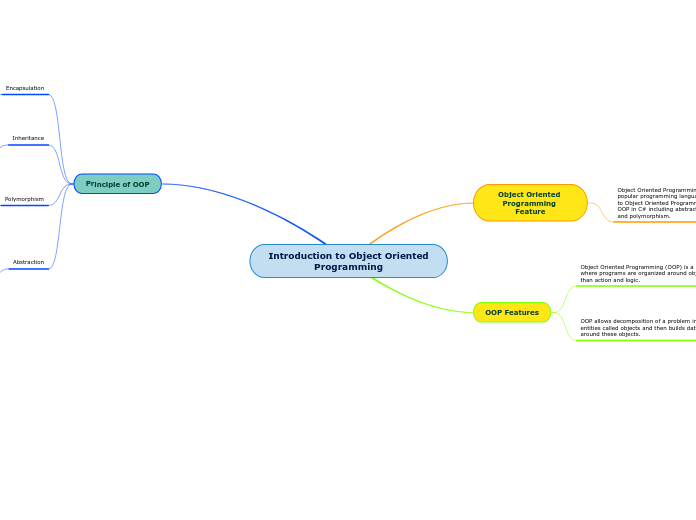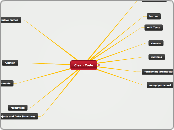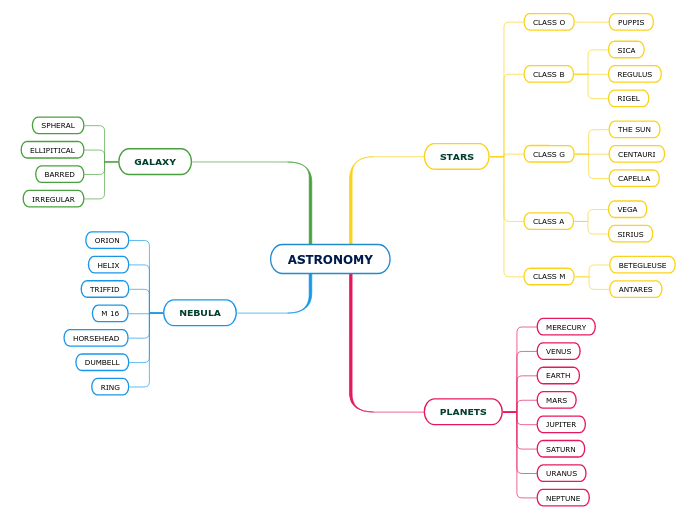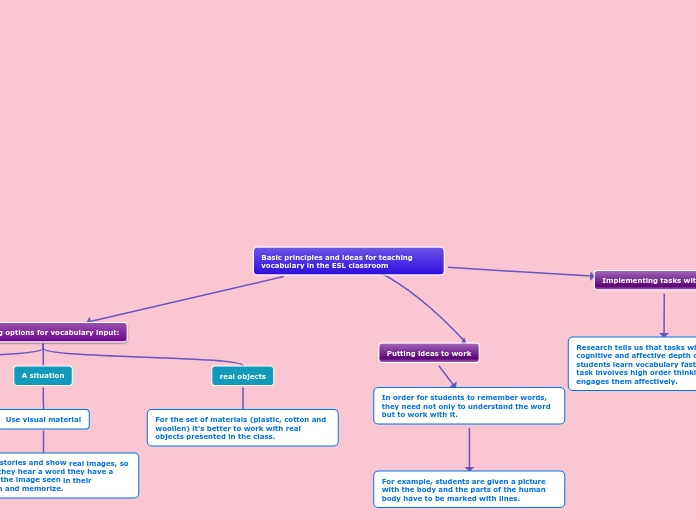по Zalfri Iqwan 4 лет назад
355
Introduction to Object Oriented Programming
Object-oriented programming (OOP) is a paradigm that emphasizes the use of objects to represent both data and behaviors in a program. Key principles of OOP include abstraction, encapsulation, polymorphism, and inheritance.









